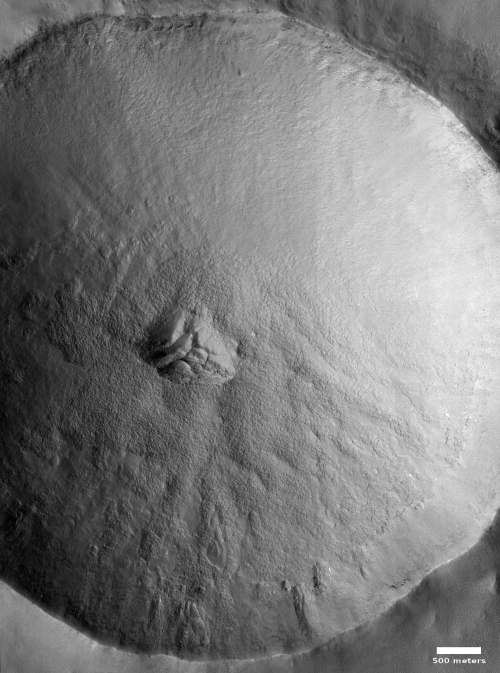Swiss startup raises $29 million to build a hypersonic commercial plane
Capitalism in space: Destinus, a new Swiss startup, has successfully raised $29 million in seed money to begin development of a hypersonic commercial plane.
Destinus is developing a vehicle that takes off and lands horizontally under the power of airbreathing jet engines. Once out of controlled airspace, Destinus’ hyperplane is designed to accelerate to hypersonic speeds with the help of a cryogenic hydrogen-fueled rocket engine, according to the company’s Feb. 8 news release.
Destinus has been testing airbreathing engines during flight tests of an unpiloted prototype. By the end of the year, the company aims to show its prototype can break the sound barrier
This company’s founding has an interesting backstory. Its founder, Mikhail Kokorich, was a major investor in the American space tug company Momentus. When the Defense Department forced him to sell his share in that company last year because he was not an American, he moved to Switzerland to form Destinus instead. Nor is this Kokorich’s only endeavors in commercial space. He has started a number of other small companies previously.
Don’t expect Destinus’s plane to fly in the near future. Though it has already flown a small scale prototype, the company only started to hire engineers in the past few months.
Capitalism in space: Destinus, a new Swiss startup, has successfully raised $29 million in seed money to begin development of a hypersonic commercial plane.
Destinus is developing a vehicle that takes off and lands horizontally under the power of airbreathing jet engines. Once out of controlled airspace, Destinus’ hyperplane is designed to accelerate to hypersonic speeds with the help of a cryogenic hydrogen-fueled rocket engine, according to the company’s Feb. 8 news release.
Destinus has been testing airbreathing engines during flight tests of an unpiloted prototype. By the end of the year, the company aims to show its prototype can break the sound barrier
This company’s founding has an interesting backstory. Its founder, Mikhail Kokorich, was a major investor in the American space tug company Momentus. When the Defense Department forced him to sell his share in that company last year because he was not an American, he moved to Switzerland to form Destinus instead. Nor is this Kokorich’s only endeavors in commercial space. He has started a number of other small companies previously.
Don’t expect Destinus’s plane to fly in the near future. Though it has already flown a small scale prototype, the company only started to hire engineers in the past few months.











